You have not yet added any article to your bookmarks!

Join 10k+ people to get notified about new posts, news and tips.
Do not worry we don't spam!

Post by : Anis Farhan
For decades, millions of women in Southeast Asia have been locked out of traditional banking systems. Limited collateral, lack of credit history, and gender-based discrimination meant that many aspiring entrepreneurs in rural areas had little chance of securing loans. However, the rise of micro-finance institutions and micro-loans has changed this narrative. These small loans, often as modest as $50 to $500, are not just financial lifelines—they are catalysts for transformation. They enable women to start businesses, invest in agriculture, expand handicrafts, or even open small retail shops. More importantly, they provide dignity, autonomy, and a path toward breaking cycles of poverty.
Micro-loans are small financial credits extended to individuals who lack access to conventional banking services. Pioneered in South Asia through initiatives like the Grameen Bank in Bangladesh, the concept spread rapidly across Southeast Asia. Unlike large-scale loans, micro-loans focus on sustainability and repayment through manageable installments.
For rural women, this model works particularly well because:
Loan sizes match small-scale business needs.
Collateral requirements are minimal or non-existent.
Loans are often community-based, where groups collectively ensure repayment.
They foster inclusion, especially for women who traditionally lacked financial agency.
Studies show that women are more reliable borrowers than men when it comes to micro-finance. Women tend to invest their loans into businesses that benefit not only themselves but also their families and communities. Examples include:
Purchasing livestock for farming.
Expanding weaving or handicraft businesses.
Opening small food stalls or retail shops.
Paying for children’s education and healthcare.
The ripple effect of empowering one woman often extends to an entire village. With financial independence, women gain decision-making power, improve household welfare, and encourage other women to pursue entrepreneurship.
While Bangladesh pioneered micro-finance, its success has influenced countries across Southeast Asia. Rural areas in Myanmar, Cambodia, and Laos have particularly embraced micro-lending as a means to fight poverty.
Micro-finance has become a major part of Cambodia’s economy, with women accounting for more than 70% of borrowers. Many invest in agriculture, especially rice farming and small-scale fisheries. However, concerns about over-indebtedness highlight the need for responsible lending.
Women in rural Vietnam often use micro-loans to start home-based businesses, such as handicrafts and food production. Vietnam’s government has also partnered with NGOs to expand financial inclusion programs.
In the Philippines, micro-loans support women who run sari-sari stores (neighborhood shops) and agricultural ventures. Community-driven micro-lending programs are particularly strong, often tied to cooperatives or religious groups.
Indonesia’s micro-finance movement is growing through state-run initiatives and private lenders, supporting women in fisheries, textiles, and local trading. With the country’s vast rural population, micro-loans are seen as essential for economic inclusivity.
The impact of micro-loans goes far beyond individual success stories. They play a pivotal role in reshaping local economies by:
Encouraging Entrepreneurship: Women turn small capital into sustainable businesses.
Creating Jobs: Many women entrepreneurs hire others, boosting local employment.
Reducing Migration: With economic opportunities at home, fewer families are forced to migrate to cities.
Promoting Local Trade: Increased productivity creates stronger village markets.
While micro-loans are economic tools, their social implications are just as profound:
Women’s Empowerment: Financial independence gives women a stronger voice in household decisions.
Education & Health: Profits often go toward children’s education and medical expenses.
Community Solidarity: Group lending models foster trust, cooperation, and shared responsibility.
Breaking Gender Norms: Women entrepreneurs challenge traditional gender roles, inspiring younger generations.
Despite the benefits, micro-loans are not without challenges.
Over-Indebtedness: In some countries, borrowers take multiple loans, creating repayment difficulties.
High Interest Rates: Some micro-finance institutions charge high rates, making loans less effective.
Lack of Financial Literacy: Without proper guidance, some women struggle to manage funds efficiently.
Market Saturation: Too many similar businesses in one area can limit profits.
To truly succeed, micro-finance must be accompanied by training, mentorship, and financial education.
The future looks promising, with digital technology playing a key role. Mobile banking and fintech apps are expanding micro-loan access, even in remote villages. Governments and NGOs are also collaborating to regulate micro-finance better, ensuring responsible lending practices.
Key future trends include:
Digital Micro-Finance: Mobile-based loan disbursement and repayment systems.
AI Risk Assessment: Better analysis of borrowers’ ability to repay.
Women-Centric Training Programs: Equipping women with financial management skills.
Green Micro-Loans: Funding eco-friendly projects like organic farming or renewable energy.
Micro-loans may be small in size, but their impact is monumental. For rural women in Southeast Asia, they are not just financial tools—they are keys to freedom, dignity, and opportunity. By enabling women to build businesses, educate children, and uplift communities, micro-loans are driving a silent revolution in the region.
As Southeast Asia strives for inclusive growth, the empowerment of women through micro-finance will remain one of the most powerful forces of social and economic transformation.
This article is written for informational purposes and reflects research-based insights. Newsible Asia does not guarantee specific financial outcomes from micro-loan initiatives. Readers are encouraged to consult official sources for updates and guidance.
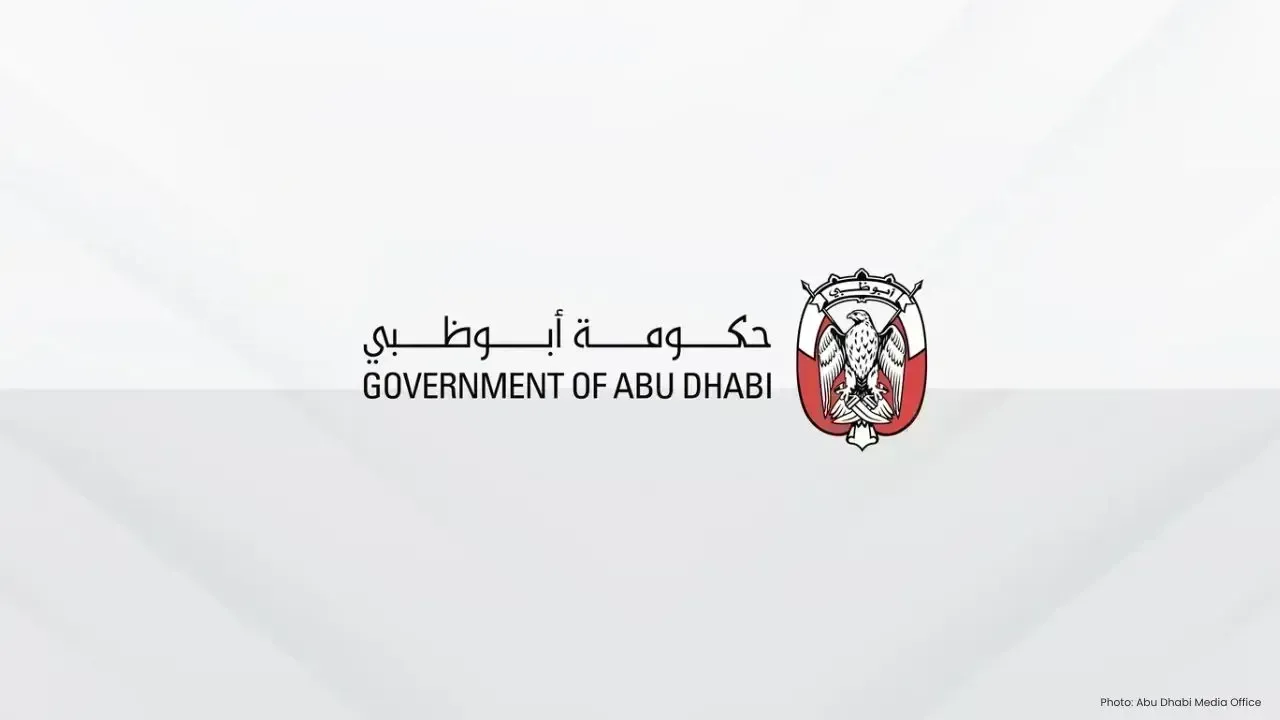

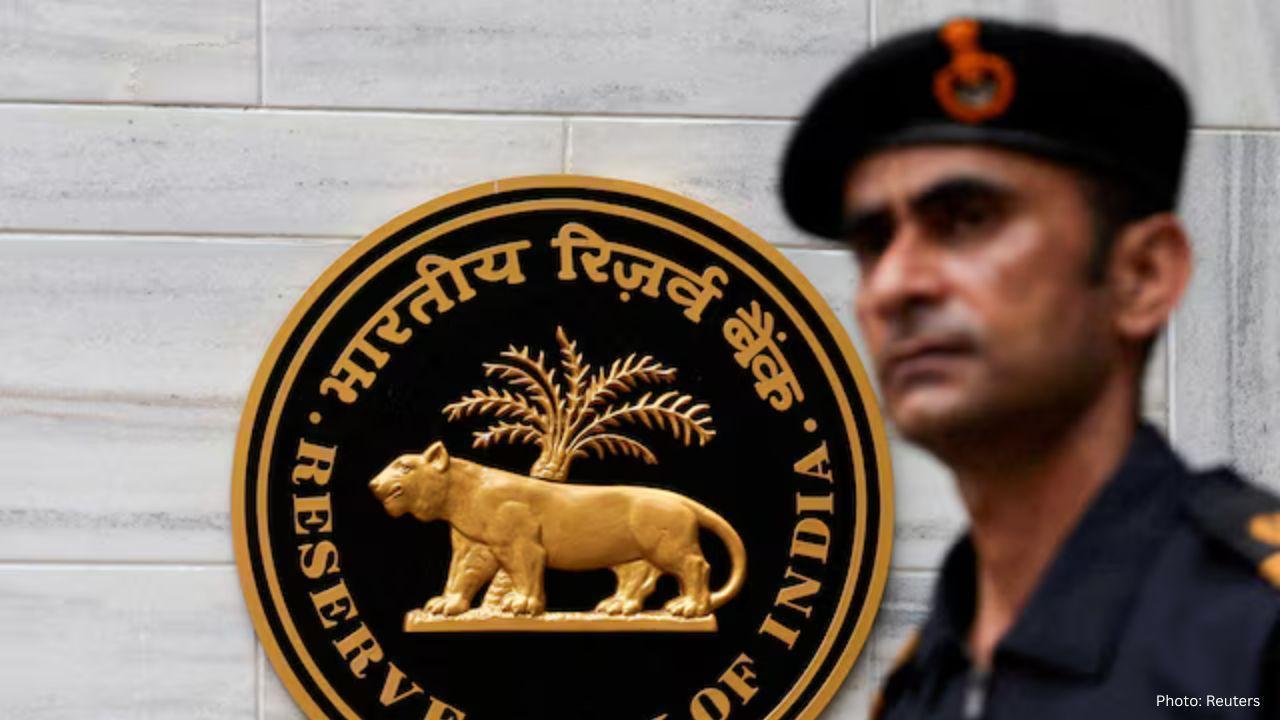
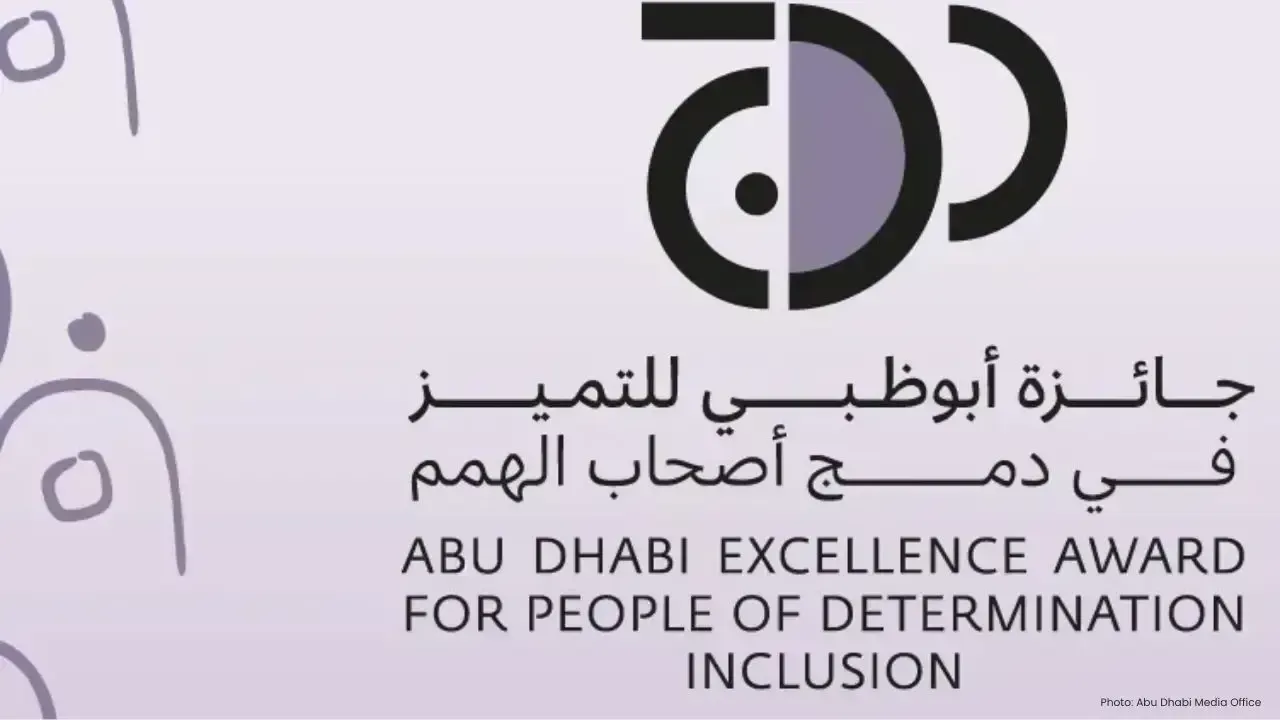



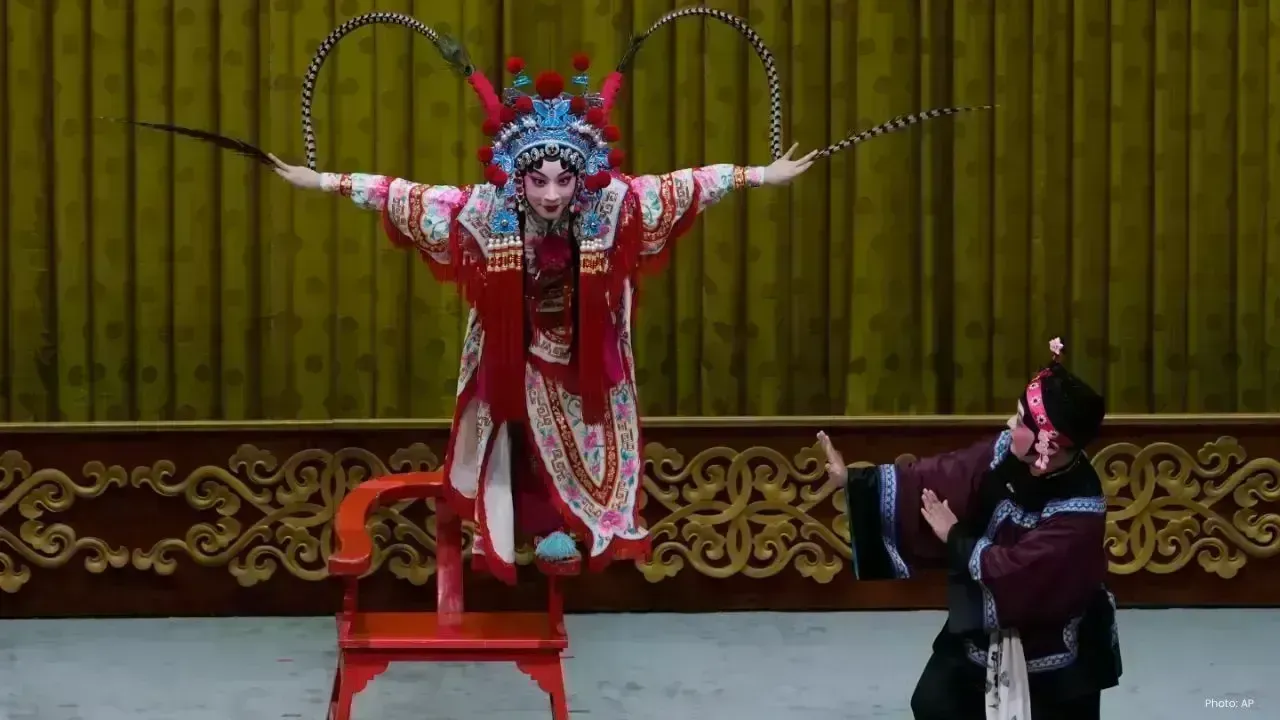


Ranveer Singh’s Dhurandhar Hits ₹1000 Cr Despite Gulf Ban Loss
Dhurandhar crosses ₹1000 crore globally but loses $10M as Gulf nations ban the film. Fans in holiday
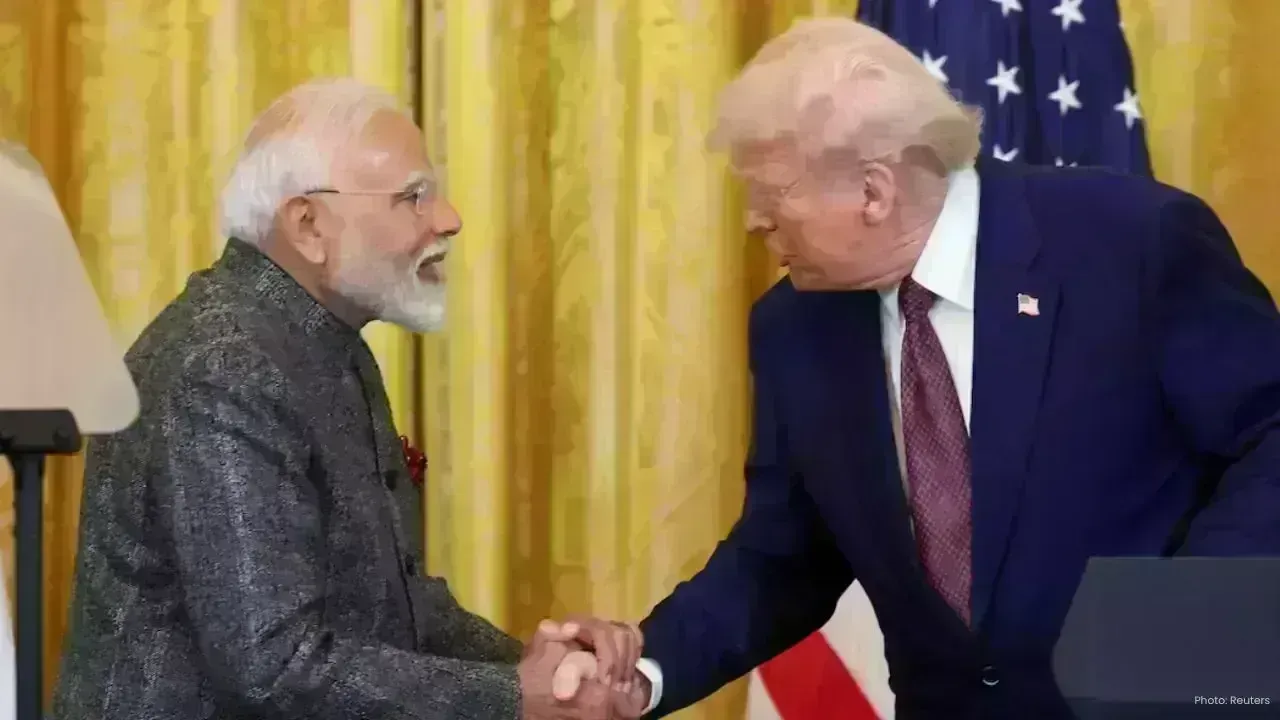
China Claims India-Pakistan Peace Role Amid India’s Firm Denial
China claims to have mediated peace between India and Pakistan, but India rejects third-party involv

Mel Gibson and Rosalind Ross Split After Nearly a Decade Together
Mel Gibson and Rosalind Ross confirm split after nearly a year. They will continue co-parenting thei

Rashmika Mandanna, Vijay Deverakonda Set to Marry on Feb 26
Rashmika Mandanna and Vijay Deverakonda are reportedly set to marry on February 26, 2026, in a priva

FIFA Stands by 2026 World Cup Ticket Prices Despite Fan Criticism
FIFA defends the high ticket prices for the 2026 World Cup, introducing a $60 tier to make matches m

Trump Claims He Ended India-Pakistan War, Faces Strong Denial
Donald Trump says he brokered the ceasefire between India and Pakistan and resolved eight wars, but